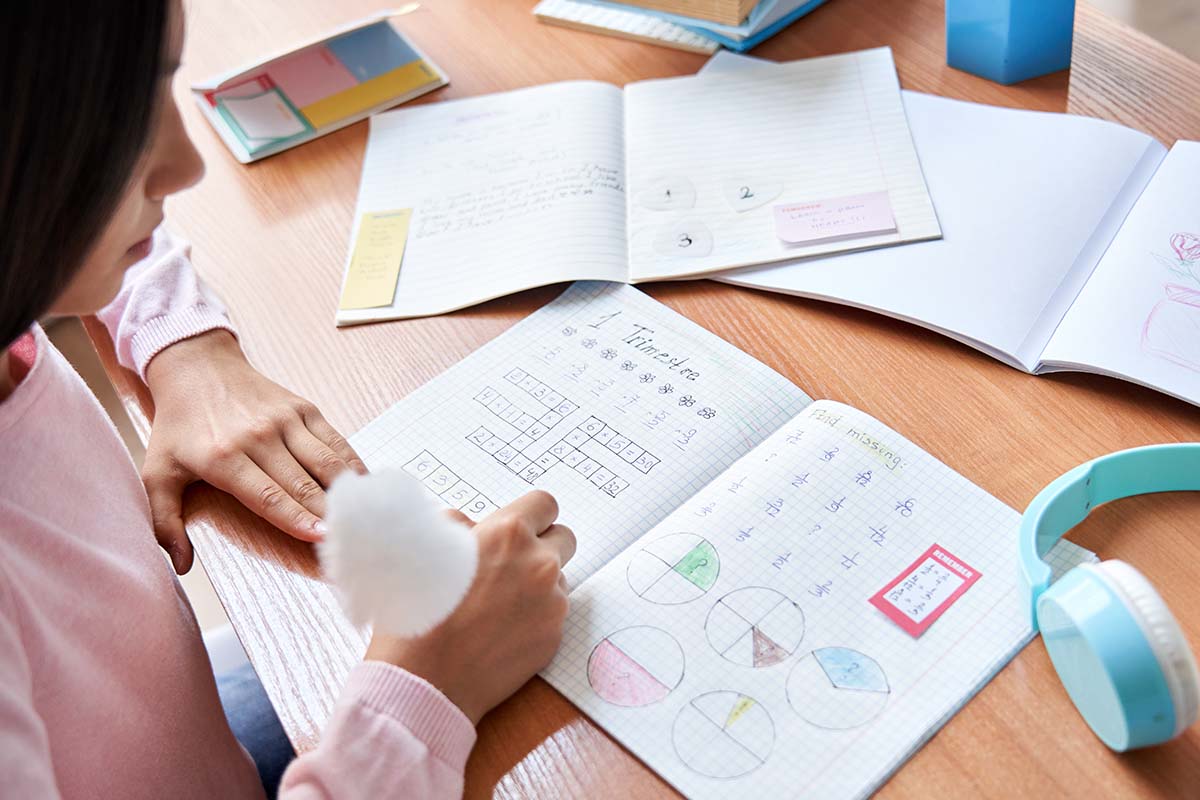
Learning a skill is more than just sitting in a classroom and repeating memorized information. To truly learn something it has to be a used and developed skill, not just on tests but in the real world. Spark Math believes all education should have something to do with transfer, meaning that what’s learned in Spark Math by Spark Education classrooms can be applied to another learning area or a different situation.
“The Spark Math Learning Explained Series” is a 3-part series that gives an overview of the different learning methods Spark Math courseware is made of. We want to share with you how we spark passion for learning that ignites a lifelong love for math. Our curriculum is built to help kids look at math in a different way. Spark Math’s proprietary curriculum finds the best ways to help kids understand, absorb, and build practical skills in math. Here’s the third in our series: Spark Math and the Transfer of Learning System.
What is the Transfer of Learning System?
Math builds upon itself. Concepts kids learn in kindergarten are still important when doing even the hardest math in college. The Transfer of Learning System is all about using the knowledge you are learning and using it with skills and concepts you already have. Students memorize information they are taught, and when tested on that information alone, can score well. That is rote memorization, or just repeating things you’ve learned, not true understanding. The real test is mastering critical thinking skills and learning when to use them in context. This is proof of a deeper knowledge of a subject, not just knowing facts. The Transfer of Learning System focuses on learning how to use skills in different ways. Students go from learning and practicing concepts to applying them when they are needed.

Low-Road & High-Road Transfer of Knowledge
There are two types of ways to transfer knowledge, “Low-road transfer” and “High-road transfer”. Low-road transfer is indirectly learning how to use prior skills in a new way. This is a transfer most people do without thinking about, it become second nature. Think of learning how to drive a car. People get better through practice and repetition. You might have learned in an SUV, where you sit higher up and have to think about how much room you have in a parking space. You have all the driving knowledge and skills you need to get a license. When you have to drive a smaller car, it may seem foreign to you at first. However, you will adjust faster because you have the skills needed to drive a car. It’s just the vehicle that has changed.Students know what is being asked, and what you have to do in order to succeed.
High-road transfer is specifically for past knowledge to solve a problem. Students receive a problem without being told specifically how to find the answer. They then need to look at what skills and knowledge they have that can help solve it. Answering a question without knowing how can seem impossible at first, but this is when critical thinking comes into play. Math word problems are the ultimate example of high road knowledge transfer for kids.
Every problem is solved using math concepts they have been taught. When answering word problems, kids have to take the time to realize what the question is asking, and what skills they have that can help you answer it.
Spark Math and Teaching for Transfer
Spark Math is dedicated to teaching students the knowledge they need starting at a young age. Developing fundamental math skills and taking those skills with them as they advance their math learning journey is key. Our teachers are not only there to help kids learn new skills, but also equip them with high-road transfer ability so they acquire essential problem-solving skills. Spark Math and it’s teachers develop question and activities that help young kids use high-road transfer skills. The goal is to build master problem solvers, who can solve more complex questions, today and in the future.
Developing transfer of learning at a young age.
Supporting the ability to transfer knowledge between skills is important in the development of kids. In a study by Ohio State university, children develop the ability to transfer knowledge from one skill to another at 16 months old. Using knowledge in new ways helps kids start to build confidence in trying new things. Building that confidence in education, especially math, helps kids get excited about learning. (Find out more about investing in early math education here.)
Spark Math’s teachers and courseware aim to build confidence in math by supporting the transfer of knowledge of new skills. This process involves reflecting on what students have learned and where is can be applied in different scenarios. Through a series of guided questions, we encourage children to summarize their thinking processes, identify similarities and differences between the previous and current problems, and talk out challenges they encounter.
How does Spark Math Use Transfer of Learning
Spark Math uses examples, like going shopping, to help express different ways their knowledge can be used. In a grocery store there’s math everywhere. While shopping kids can figure out how much things cost using addition and subtraction, how big or small thing are with measurement, and how long they have to shop using time. For younger students, gamified learning is a great way to transfer the skills they know in fun yet challenging way. Spark teaches kids adapt to “ever-changing” topics through fun gamified lessons, stories, and animations. This helps keep kids be interactive and excited to use their skills in new scenarios.
Students are encouraged to summarize their thinking processes. The goal is to identify similarities or differences between new and old problems while understanding the challenges they encounter. This helps children discover connections between what they learn in class and their daily lives. The Transfer of Knowledge System helps students apply the skills they have used in their journey.
“The Spark Math Learning Explained” series is designed to help parents understand how Spark Math works to design interactive, engaging curriculums that builds fundamental math skills and motivate learning for life. Check out Part 1 and Part 2 to learn more about how math teaches kids math skills and strategies to problem solve.
Spark Math by Spark Education Classes are for children ages 5 to 9. Learn more about how Spark Math helps test preparation, grows math scores, and makes learning fun for your child! Sign up for a FREE trial class today!




